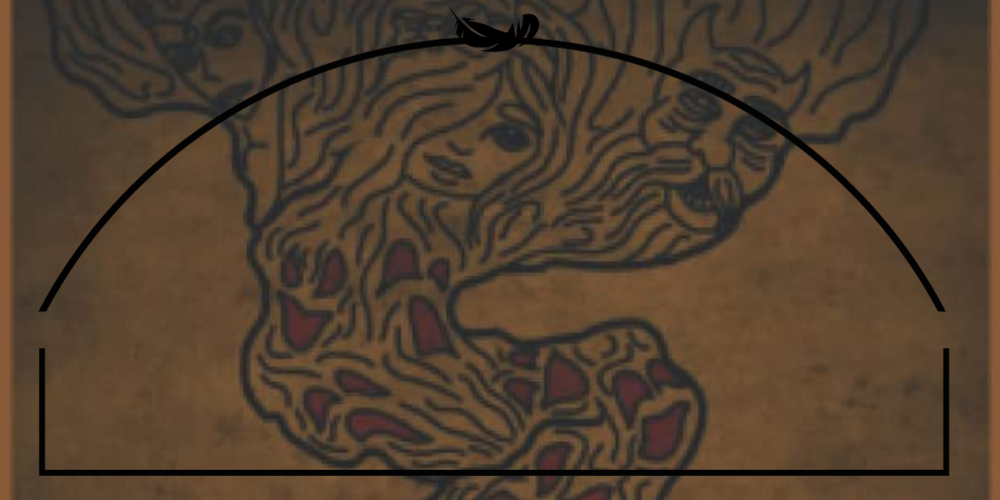Disclaimers: I was given this book in exchange for an honest review and I’m reviewing the 2021 revised edition.
The Witches’ Key to the Legion isn’t for the beginner witch. Let’s be clear on that before I continue. I am not advocating that anyone dabble in this topic if they don’t have a strong magical foundation to draw upon.
If you dabble without the basic skills established in your practice, well, caveat emptor…
That said, the book is very interesting – even if you never plan on doing the work, because it brings up multiple avenues of exploration. From what magical mode you approach your practice from to what does a modern take look like in regards to this type of work. And ultimately it was refreshing to see someone try to move the practice into a more modern take on spirit entities. I do think the work is still heavily Solomonic but as I don’t think it was her goal to actually remove the Solomonic underpinnings of the practice, this shouldn’t be counted against it.

The book is essentially divided in two. The first portion of the book explores the how tos of working with the Legion. It discusses the author’s experience, lays out some guidelines and tips for doing the work, and warns about some of the pitfalls that might arise while doing the work.
Black makes it clear that this a modern grimoire – her and her coven’s experience working with these beings and the advice of her spirit familiar. She provides readers with information about banishing, creating summoning pyramids, spiritual “hygiene” and tools that can be used to assist in the working. It is all filtered through a Trad Craft – Solomonic lens. If you’re not familiar with some of the Solomonic underpinnings of this type of work, you might not understand all that she explains – but I would argue that if you don’t understand some of the things she discusses, then you’re not ready for undertaking this work yet. Others might want a bit more hand holding but I personally appreciated the balance she struck.
She clearly identified her position as an animist witch, how this informs her approach to the work, and what is different between her view of a witch doing this work vs a Solomonic sorcerer. I appreciated her inclusion of different magical modes and how this changes how we related to the entities of the Legion. She also identifies how the beings view their relationship to the All and the Adversary (read the book for clarification on that!) might differ from our own but to keep it in mind as we approach them. There’s a lot of information there, done in a lovely class like conversational tone that makes you feel like she’s there talking to you, sharing what she knows while always acknowledging that your mileage may vary. She manages to strike a tone that is informative and informal enough that I wanted to reach out and continue the conversation. I appreciated that a great deal given the nature of the text.
The second portion of the book is really a list of beings with their associations from other grimoires and her own experience. Some of her associations will be different and her own descriptions of the beings varies. Her familiar spirit also contributes to the knowledge provided.
Overall I quite enjoyed the book. I appreciated that she really set you up to do the work before you dive into the work. She has advice on creating lamps that would actually require you to take at least a month before actually ever calling on a being. I think there is something quite important in that because it encourages you to mentally prepare for the working as well. She makes sure that you understand the need for key foundational tools (banishing, shielding) and gives you options you can draw upon.
Would I recommend this book to everyone? No. It’s not a book that is going to appeal to all. And I wouldn’t recommend it to beginners. But I do think that it’s a great addition for anyone looking to do this type of work and who wants a more modern take on what this work could look like.

